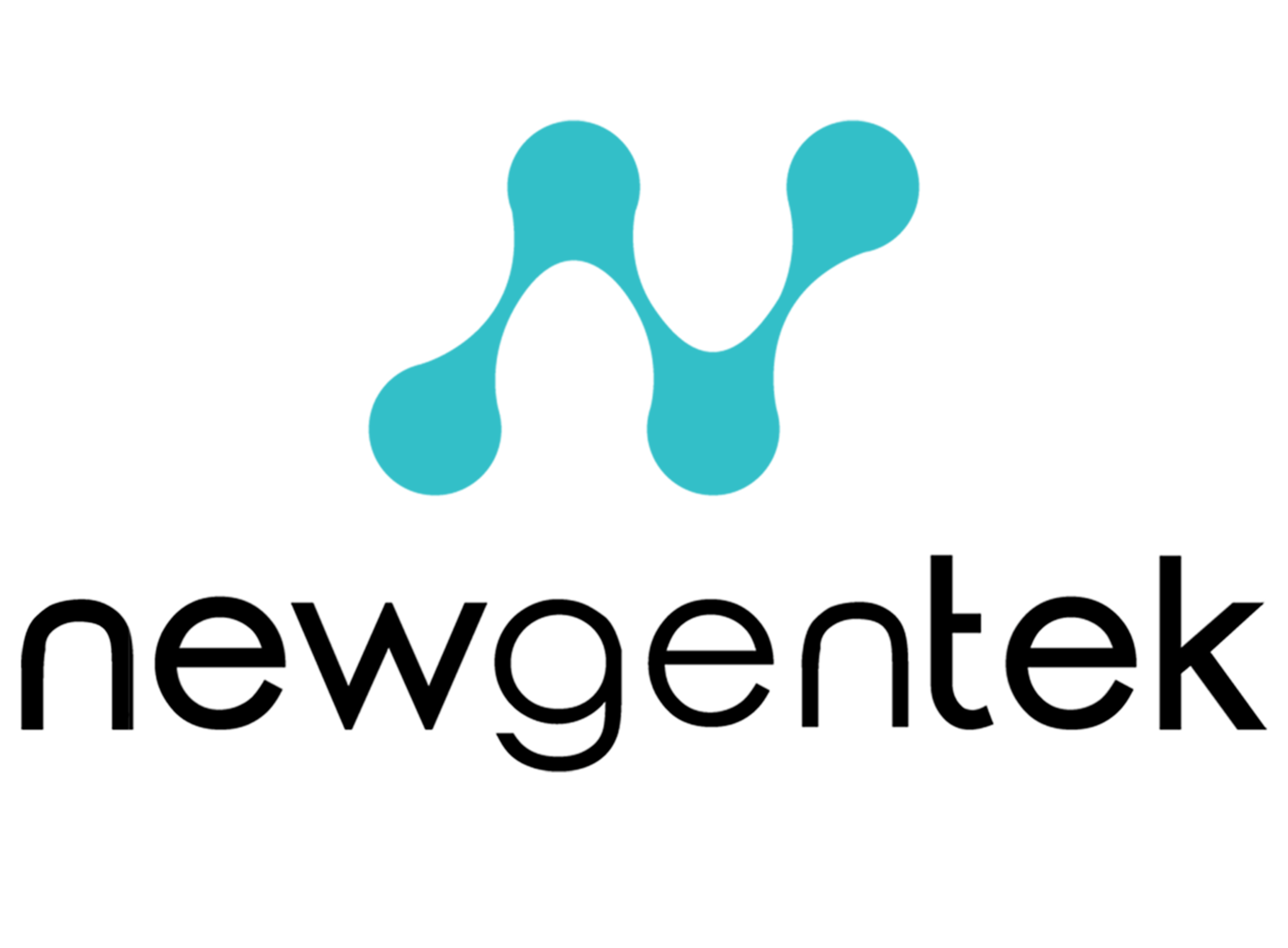What is a Huddle Space?
Wainhouse Research estimates there are currently 30 to 50 million Huddle Spaces in offices worldwide. With research showing the number of Huddle Spaces on the rise, you may be wondering, what is a Huddle Space exactly? Here’s our take on Huddle Spaces…
As recent as 2010, the options for meeting rooms ranged from a 16-person conference room to an executive office, but nothing in between. Fast forward eight years and depending on who you ask, a Huddle Space could be as formal as a small four- to six-person conference room or a gathering location at a popular coffee house. What has become the common denominator for this type of space is the ability for an informal, impromptu collaboration where one employee can say to another ‘come take a look at this diagram’ or ‘let’s review this spreadsheet’.
So, next you may find yourself asking, what does a Huddle Space need to provide? The main three requirements for Huddle Space are:
1. Flexibility – organizations strive for rooms to be Activity Based Workspaces or ABW. This allows teams to gather around a circular table on Wednesday and then convert that to a standing environment on Thursday without including facility management.
2. Collaboration – as desktop computers became laptops and as laptops now become tablets, the trend has moved to ‘smaller is better’. Which is a key component, but how do we share content? With 95% of Americans owning at least one smart device, the ability to transmit data and audio from users’ tablets, laptops or smartphones to a collaboration device continues to drive the use for technology.
3. Simplicity – over 20% of meetings start more than 15 minutes late due to technology issues. Time costs money…various Fortune 50 organizations estimate the cost of poorly managed meetings cost over $75 Million Dollars per year. Room users strive to enter a room and have their content loaded on the screen upon their arrival. It must be simple!
Organizations seem to be moving away from larger conference rooms in favor of Huddle Spaces from a real estate standpoint. For example, where 500 square feet used to occupy two large conference rooms, that same square footage can now occupy five Huddle Spaces. This allows for more efficient use of your organization’s real estate, making the Huddle Spaces more than twice as productive than your traditional large conference room.
We’ve now discussed how simple, flexible, and collaborative Huddle Spaces can be – the final question is what do these spaces cost. Great news here as well! Huddle Spaces save money. They are much less expensive and less intrusive to outfit than large conference rooms.
With Huddle Spaces on the rise through corporate and enterprise organizations, let Newgentek show you how easy it is to transfer small, unused spaces into productivity zones!
